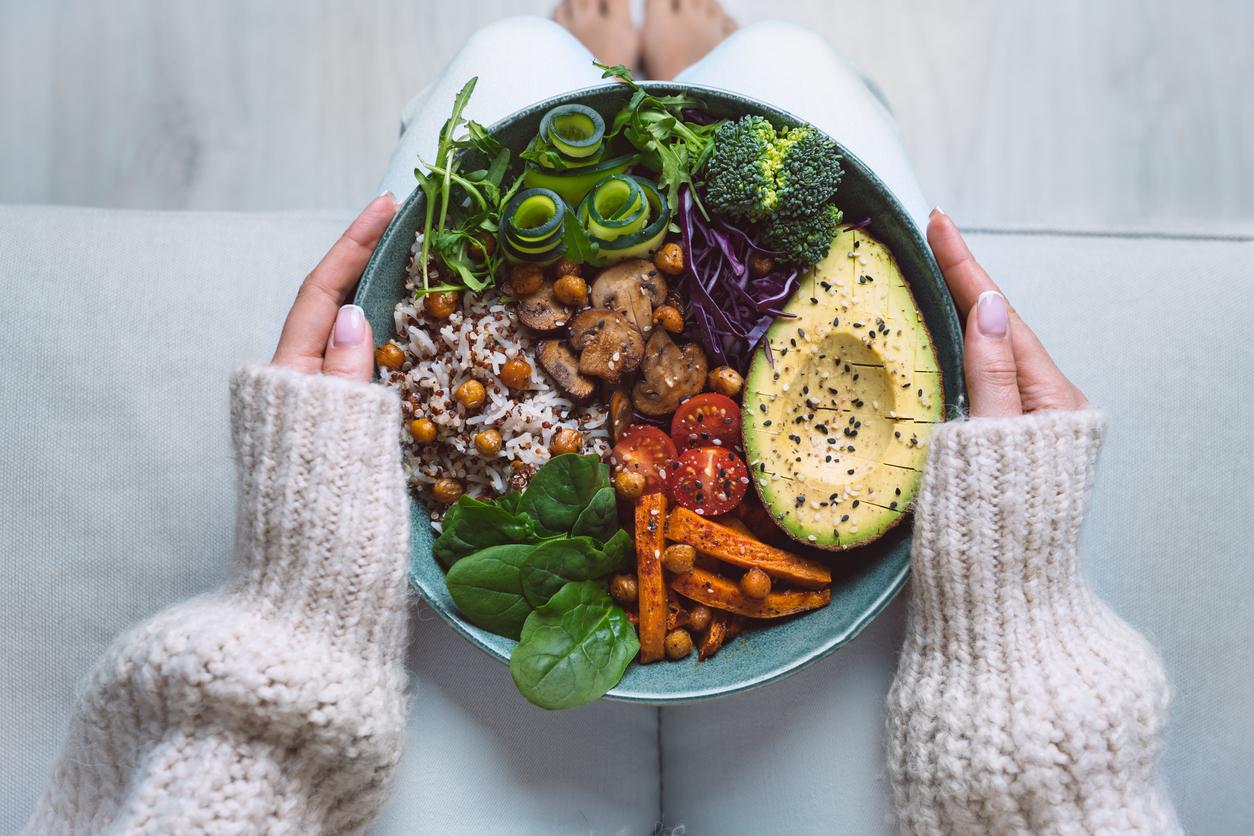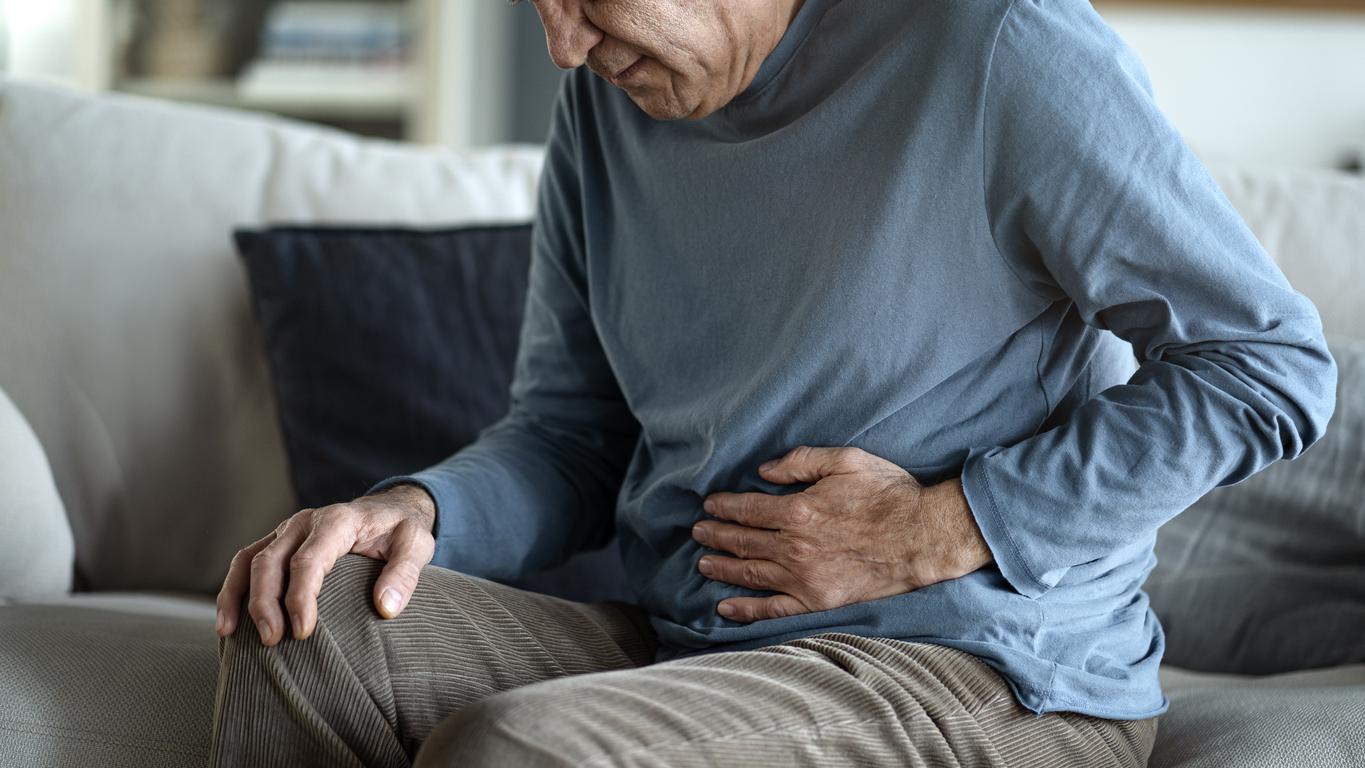
Empty calories
Ideally, you want to eat a meal that gives you a full feeling, so that you can go forward for hours. But after a hamburger, pancake or white bun, your stomach often starts to protest again. Why is one meal more satiating than another?
Examples of foods that don’t seem to satiate well are white bread, pancakes, juices, and fast food. These meals have several things in common. They contain little dietary fiber and many kilocalories, fast sugars, fat and salt.
See the table below. This shows, for example, that pancakes provide forty times more sugars than a normal Dutch dinner consisting of chicken breast, potatoes and broccoli. Sugar, fat and salt ensure that it is tasty, so you quickly eat a lot of it.
| Meal/food | Energy (kcal) | Sugars (g) | Dietary fiber (g) | Salt (mg) |
|---|---|---|---|---|
| 1 portion of chicken breast + 3 serving spoons of baked potatoes + 4 serving spoons of broccoli + a little mayonnaise | 520 | 1 | 7.6 | 0.13 |
| 3 white sandwiches with low-fat margarine and 48+ cheese | 505 | 2.6 | 2.3 | 0.89 |
| 2 large pancakes with syrup | 725 | 40.3 | 1.9 | 0.69 |
| 1 big Mac + French fries medium + Coca-Cola medium | 1001 | 50.9 | 7.1 | 2.73 |
Empty calories
Poorly satiating meals deliver empty kilocalories, as it were. They have a large volume, serve as a “filling” for a short time and contribute to energy intake. On the other hand, they provide little to no healthy nutrients and do not make the body feel satisfied.
Filling Dietary Fiber
Foods that contain a lot of fiber are whole grains, vegetables, fruits and legumes. Fiber falls under a diverse group of carbohydrates and cannot be digested by the small intestine. As a result, the fiber ends up in the large intestine, where it provides many health benefits. For example, fiber promotes good bowel movements and may lower LDL cholesterol and the risk of certain types of cancer. Moreover, scientific research has shown that eating fiber directly contributes to a feeling of fullness after eating.
Fast and slow sugars
Sugars also belong to the group of carbohydrates. A distinction is made between fast (simple) and slow (complex) sugars. Fast sugars are mainly added to sweets, snacks, soft drinks and ready meals. Slow sugars are, as it were, enveloped in a jacket of dietary fibres. Slow sugars are therefore mainly found in vegetables, fruit, legumes, whole-grain cereal products (such as: brown rice and whole-wheat pasta) and potatoes.
Scientific research has shown that both fast and slow sugars can contribute to a feeling of fullness after eating. However, the timing of saturation is different. Fast sugars suppress short-term hunger more effectively (up to about an hour after eating) than slow sugars. This is because, as the name suggests, fast sugars are quickly absorbed into the blood after eating. With slow sugars, the absorption into the blood is somewhat slower, namely two to three hours. So in the long term (about six hours) you get hungry from fast sugars rather than slow sugars.
Fats and proteins
Scientific research shows that fatty meals are less satiating than protein-rich meals. For example, one study found that people who ate fatty meals had more hunger and appetite during and after eating than people who ate protein-rich and/or carbohydrate-rich meals. Thermogenesis is a possible explanation for this. The digestion of fats is faster than the digestion of carbohydrates and proteins. This is because the digestion of fats costs our body less energy than the digestion of carbohydrates and proteins.
Other factors
The speed of eating and distraction while eating can also affect satiety. Tasty food (let’s say fast food) is often eaten faster than healthy meals. Moreover, for example at a fast food restaurant, there are often more distractions while eating than at home. It is suggested in science that this affects the body’s ability to regulate energy intake. As a result, saturation occurs later and/or less. However, more scientific research needs to be done on this.
Conclusion and tips
The main dietary factors that influence satiety after a hot meal are:
- dietary fiber
- fast and slow sugars
- fats
- the speed of eating
- distraction while eating
If you want to be ‘full’ for a few hours, it is important to make sure that your meal contains more dietary fiber, slow sugars and/or proteins. For example, do you really want to eat pancakes? By choosing a whole grain variant or oatmeal pancakes, you will not get hungry after a meal.
In addition, make sure that you take small bites and chew well. Eat at the table, without distraction from smartphone, computer or television. With these tips you will notice that you will enjoy your meals more and longer.
















